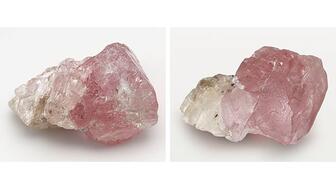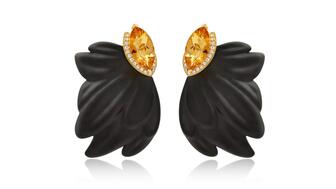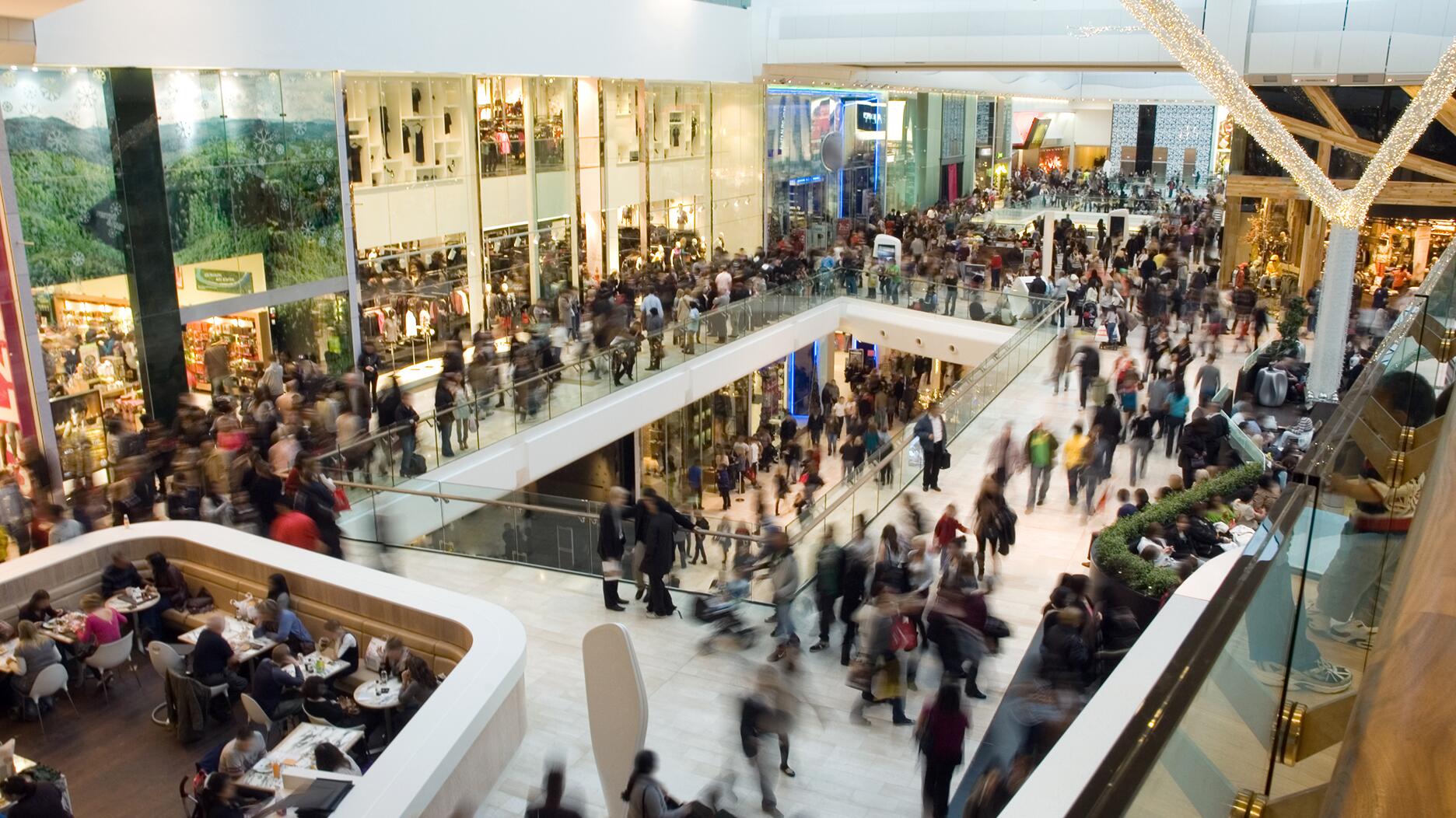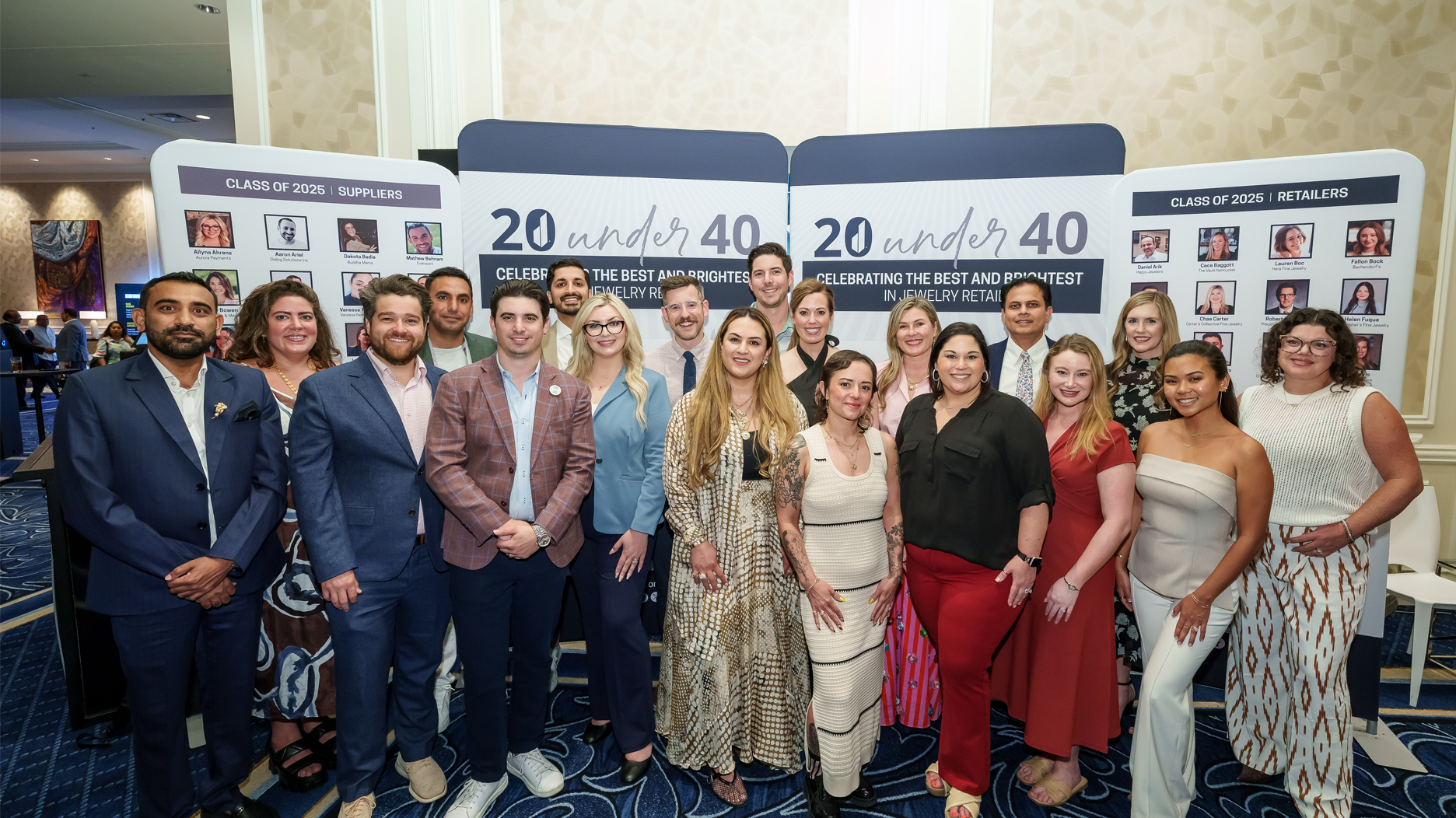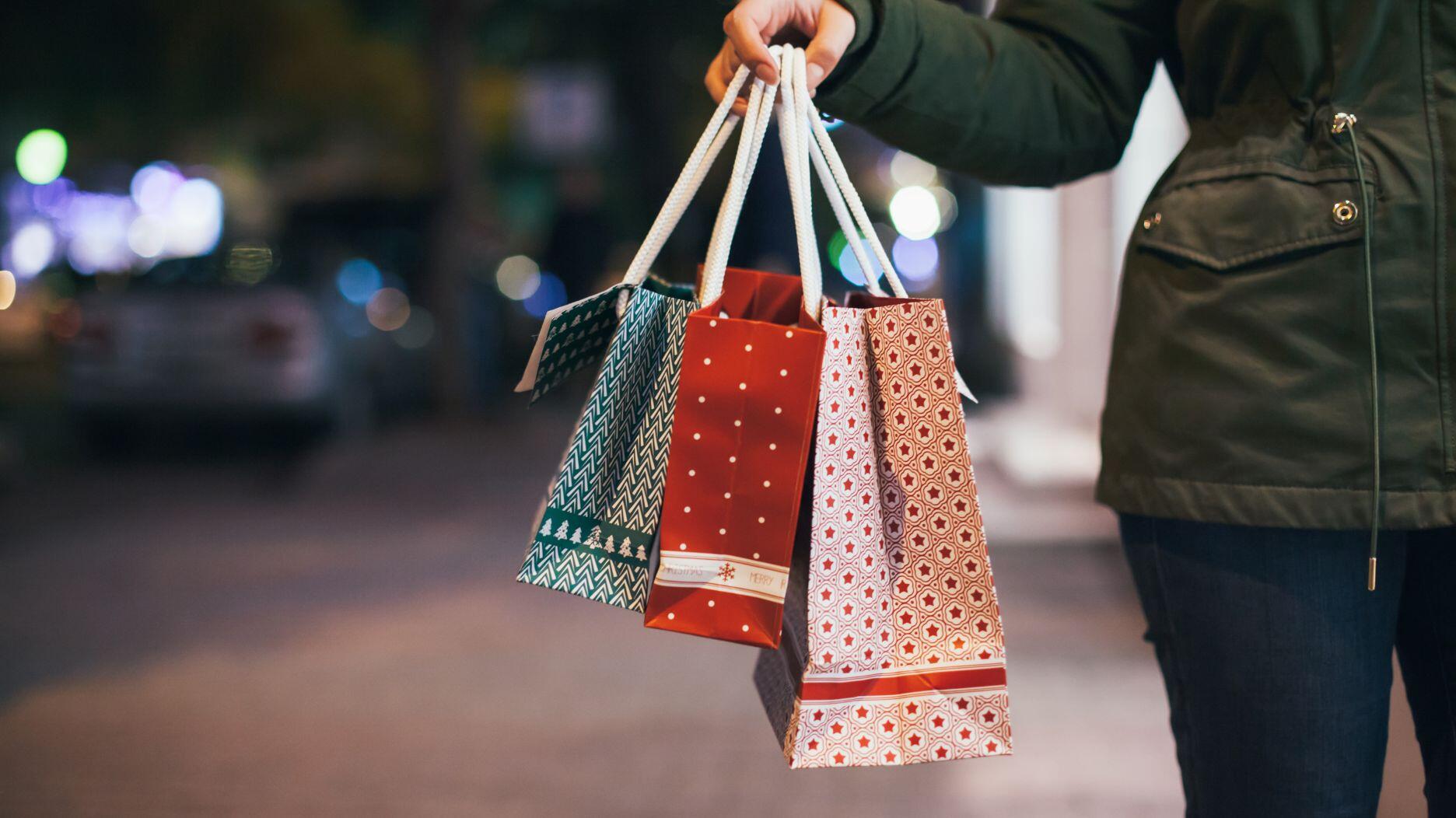Consumers are feeling more optimistic about their present situation while the short-term future remains a little scary.
70% of Consumers Are Interested in Ethically Sourced Gold
That number is expected to increase as Generation Z gets older and, hopefully, starts buying more jewelry, the World Gold Council found in a new survey.

The London-based organization questioned more than 18,000 investors and consumers in six countries—the United States, India, China, Canada, Germany and Russia—to discern their attitudes about gold as an investment and adornment.
Overall, the survey found that among the 6,115 consumers surveyed, 48 percent have bought gold in the past/would consider buying again, while 38 percent have never bought gold but haven’t ruled it out as a purchase.
Only 13 percent said they will never buy gold.
The survey also showed consumers are interested in where their gold comes from and what impact it has on the people who mine it.
And the younger consumers are, the more concerned they’re likely to be.
The Conscious Consumer
Ethical and environmental issues do not necessarily stop potential gold buyers from getting a piece, with only 23 percent of survey-takers citing these concerns as a barrier to purchase.
But when describing their ideal gold jewelry purchase, 70 percent of gold jewelry buyers said they would like to purchase pieces that are “produced ethically,” with minimal impact on the environment and fair and modern working conditions for those who mine it.
In an interview with National Jeweler on Monday, World Gold Council Director of Market Intelligence Alistair Hewitt said consumers want more information about the origin of their gold, and the industry could do a better job educating them.
“Responsibly sourced and responsibly mined gold is hugely important, and the vast majority of the gold mined in this world is produced in a responsibly sourced way,” he said.
“More could be done in communicating that to end consumers.”
Environmental concerns are particularly pronounced among Gen Z consumers, who are roughly 9 to 22 years old (though only those ages 18-22 were included in the survey).
Some members of this up-and-coming generation feel they face an uncertain future due to environmental destruction; they are the generation staging school strikes over climate change, sparked by one of their peers, 16-year-old Greta Thunberg of Sweden.
In the U.S., 18 percent of consumers ages 39 and up and 19 percent of millennials (ages 23-38) said they would buy gold jewelry within the next 12 months. That number slips to 11 percent among Gen Zers.
The biggest drop-off in Gen Z purchases of gold is in China, where only 12 percent of consumers in this age group intend to buy gold jewelry in the next year, compared with 37 percent of millennials and 42 percent of those age 39 and up.
Hewitt said this largely due to a shift in values, as younger Chinese consumers, brought up in a world in which they have more income, technology and choices, do not have the same connection to gold as their parents.
“It’s a real battle to engage with these people because they don’t necessarily want to be going into a jewelry store buying jewelry. They might want to be going off and enjoying a holiday [instead].
“The experiential purchase is hugely significant in Gen Z across the board, but especially in China. There’s even more intense competition for a share of their wallet that’s drawing their attention away [from jewelry].”
Social and environmental concerns around gold are expected to become more important in the years ahead as more members of Gen Z age into adulthood.
As the report put it: “As they become older, and richer, this will become even more relevant.”
Other Takeaways
Here are five more points of interest from the World Gold Council’s survey on gold jewelry buying.
— Trust is an issue. Among those surveyed who said they’ve never bought gold jewelry but would consider it, 28 percent said a lack of trust was a significant barrier to purchase, with 19 percent concerned about the metal’s purity (18 karat, 14 karat, etc.) being as represented and 14 percent saying they don’t trust the retailers who sell gold.
— Online sales lag. Among competitors, gold jewelry is the least likely (14 percent) to be bought online, trailing silver (21 percent), diamonds (17 percent) and platinum (25 percent).
Hewitt said wedding purchases in India and China, which are traditionally done in person, contribute to gold’s falling behind online.
The report noted: “If buyers are convinced by a website’s trustworthiness, and the ability to return items, and they are engaged in a purchasing experience within a secure environment, they will be more likely to use an online platform.”
— Millennials in the U.S. pick rose gold more often than older consumers. Among those ages 23-38, 31 percent said they bought or received a piece of rose gold jewelry in the past 12 months, compared with 15 percent of those age 39 and up.
— Gen Yers also like white gold. Among those ages 23-38, 35 percent received a piece of jewelry that is white gold, compared with 30 percent of those ages 39 and up.
The percentage comparisons for yellow gold were 51 and 62, respectively.
— For some, gold is too “flashy.” Three-quarters of gold considerers globally don’t buy because of “fashion barriers.” They feel gold can come across as “too flashy” and may opt for silver or diamonds instead, the survey states.
A microsite detailing the findings on a more granular level, RetailInsights.gold, went live Tuesday morning.
Hewitt said WGC will complete more detailed reports for each country, including the U.S., and hopes to publish them in the next six months.
“This is a big, high-level thematic report. The real value for the industry, I think, will probably come when we delve down into the country and sector-specific reports,” he said.
The Latest
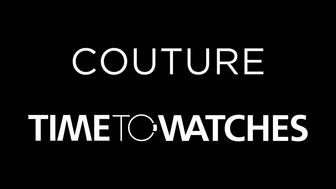
The company, which organizes a watch show in Geneva every spring, will bring a selection of watch brands to the 2026 Couture show in Vegas.
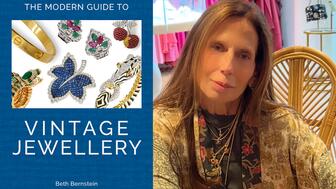
“The Modern Guide to Vintage Jewellery” follows the evolution of jewelry design from the ‘30s to the ‘80s with buying and styling advice.
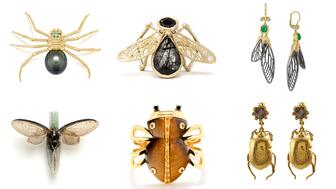
For her annual Halloween story, Senior Editor Lenore Fedow explores the symbolism behind spiders, beetles, and other eerie insects.

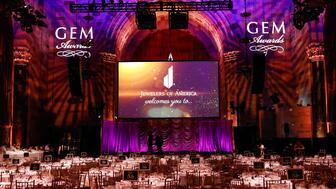
Notable jewelry designers, members of the press, and retailers are up for an award at next year’s gala.

Leaders from Jewelers of America and National Jeweler discuss the gold price, tariffs, and more in this one-hour webinar.

From sunlit whites to smoky whiskeys, introduce your clients to extraordinary diamonds in colors as unique as their love.
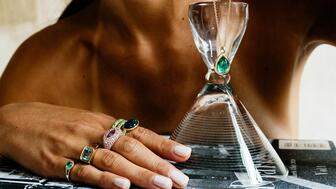
After experiencing motherhood, growth, and loss, founder and designer Erin Sachse has created 10 irreplaceable jewels.
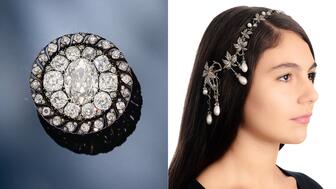
It is part of Sotheby’s “Royal & Noble Jewels” sale along with an ornate hair ornament and an old mine-cut light pink diamond ring.
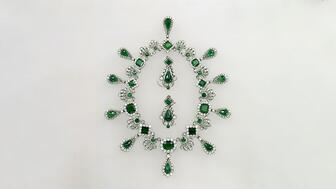
One of the individuals was apprehended at the airport as he was trying to flee the country.

The retailer, which has faced struggling sales in recent quarters, is looking to streamline its operations.

Hill Management Group will oversee, market, and produce next year’s spring show.

London-based investment firm Pemberton Asset Management acquired the auction house for an undisclosed amount.

The workshop will give attendees the chance to try out and ask questions about three different diamond verification instruments.
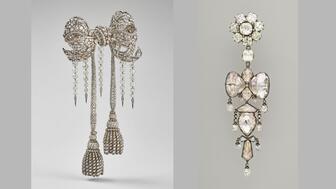
The footage shows two of the jewelry heist suspects descending from the second floor of the museum and then escaping via scooter.
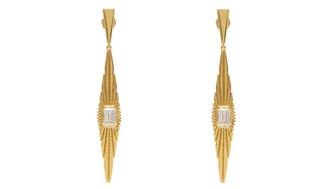
Founder and designer Rosanna Fiedler looked to a vintage Cartier clutch when designing the sunlight-inspired drop earrings.
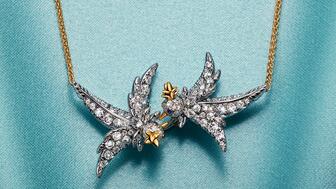
The luxury conglomerates faced a challenging Q3 amid geopolitical and economic tensions.

The struggling diamond mining company, which owns the historic Cullinan mine, has launched a rights issue to raise about $25 million.
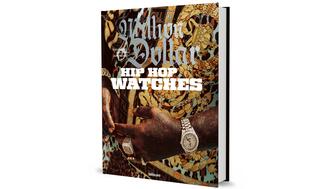
The book details the journey of watches as symbols of hard-earned success in hip-hop for artists like 2Pac, Jay-Z, and more.

Alexis Vourvoulis, who most recently worked at Tiffany & Co., brings more than two decades of jewelry experience to her new role.
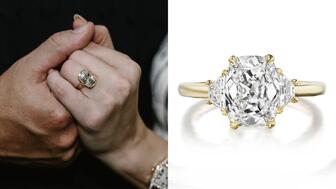
The superstar’s August engagement put the stamp of approval on an already hot engagement ring trend.
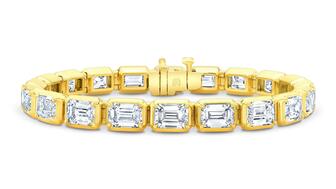
Retailers should offer classic styles with a twist that are a perfect fit for layered looks, experts say.
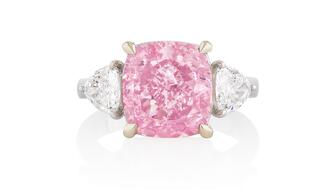
The nearly 7-carat fancy vivid purplish pink diamond could sell for around $9 million.
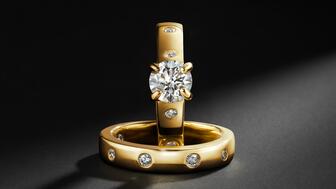
The retailer’s new collection of engagement rings and fashion jewelry is set with natural diamonds that are traceable via blockchain.
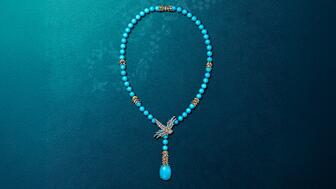
Chief Artistic Officer Nathalie Verdeille has reimagined the iconic design in both figurative and abstract creations.
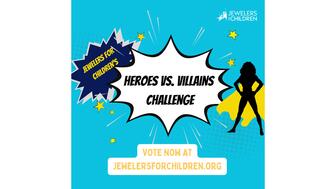
Five dollars buys one vote toward an industry professional you want to see dressed up as a hero, or a villain, this Halloween.


